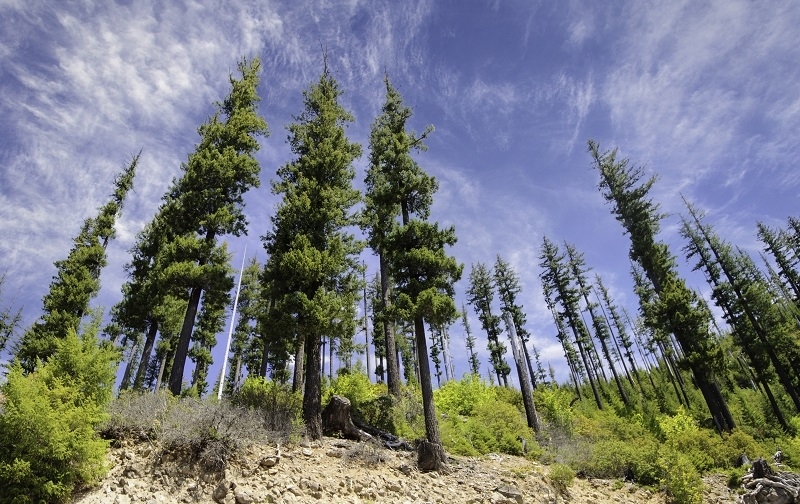Britain’s Favourite Trees: Part Two
Published: 13/05/21 By: Mike Bekin
In this post, we are going to take a look at two more of Britain’s favourite trees – the Spruce, and the Fir.
The Spruce
Also known as the Norway or European Spruce, the botanical name of this tree is Picea abies. Despite its common names, which relate to the tree’s native locations, the Picea abies is also widespread within the UK. This is due to the spruce being planted here for forestry in the late 1800s.
Picea abies is a fast-growing evergreen and is a part of the coniferous group of trees – also known as softwoods. They can grow between 115ft – 180ft with a trunk diameter of 39 – 59 inches.
For the first portion of its life, around the first 25 years, this tree can grow up to an amazing 3ft per year; but upon reaching about 65ft, this speed declines.
The leaves are blunt needles that can be 12mm – 24cm in length and this particular type of spruce has the longest cones, measuring around 9cm – 17cm.
The colour of Norway Spruce timber is often cream-white, with the capability of taking on a yellow or red hue. This is accompanied by a straight grain and even texture. Common uses of the timber are very wide, and include paper, mouldings, lumber for construction, cladding, decking and even music soundboards, making it one of the most versatile species in the timber industry.
Although you may recognise the Picea abies from parks or gardens, you are most likely to recognise it for another of its common uses…the classic Christmas tree, which is one of the main reasons for it being so widely grown outside of its native home.
At Ecochoice, we often use Spruce in decking and cladding projects. It is also often modified with thermo treatment, making it more stable. Take a look at our Decking page to find out more.
The Douglas Fir

The botanical name for the Douglas Fir is Pseudotsuga menziesii. It has a plethora of common names alongside Douglas Fir, a few of these being Douglas Spruce, Oregon Pine, and Columbian Pine.
Despite being native to western areas of North America, the Douglas Fir was introduced to the UK in the 1800s, in the same period as its distant cousin, the Norway Spruce.
Much like the aforementioned Norway Spruce, the Douglas Fir is another evergreen coniferous (also known as a softwood) tree. The height of the Douglas Fir can vary immensely, growing between 70ft – 330ft; however, only those on the US west coast can reach such staggering heights.
The leaves of the tree are flat and smooth, with a length of 2cm – 4cm. The leaves surround the branches of the tree which is noted as being key to identifying this species.
As the tree grows higher, the lower branches are lost, resulting in foliage that may not appear until heights of 110ft in some cases. This can be affected by light; Douglas Firs that attain more light will often have lower branches.
The colour of Douglas Fir timber can vary based on the age and location of the tree. The wood is often light brown and can have hints of red or yellow, but this often comes with darker and more pronounced growth rings.
The grain of the wood is commonly straight or slightly wavy, but the nature of the particular tree can produce a wild grain. It has a coarse texture but makes up for this with a slight natural lustre.
Common uses of the Douglas Fir include plywood, veneer, and structural timber. It is a common target for forestry and plantation. Much like the Norway Spruce, the Douglas Fir is also commonly grown as a Christmas tree.
To find out more about the uses of Douglas Fir, as well as many other tremendous trees, check out our crash course on timber here!
If you are feeling the Fir, or need something to ‘Spruce’ up your projects, feel free to give us a call on 0345 638 1340 and we will be happy to help.
Images: AlinaMD / Shutterstock.com, Hugh K Telleria / Shutterstock.com
